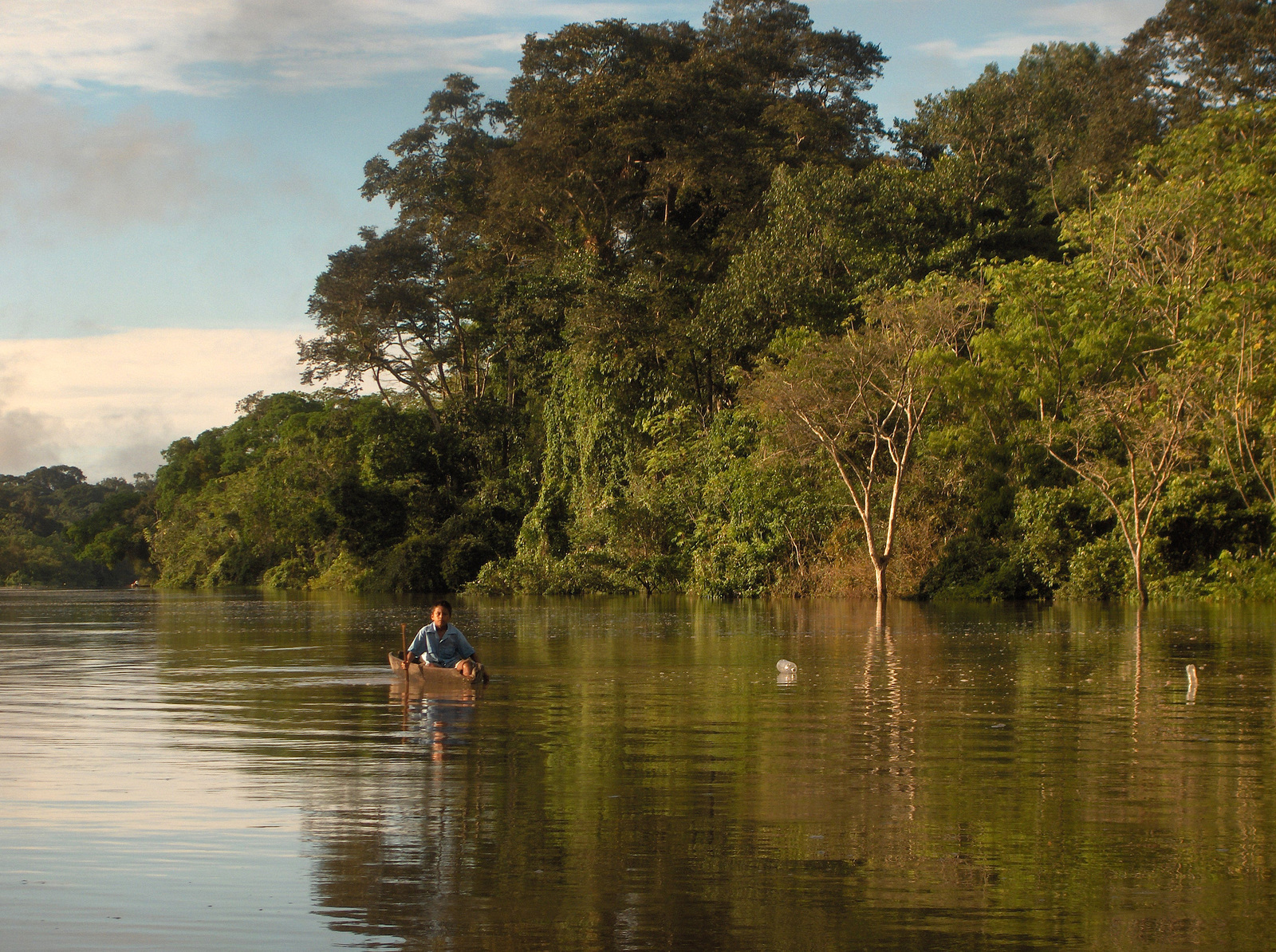
Putting forests at the heart of the climate change conversation was the focus of two new initiatives unveiled at the Global Climate Action Summit (GCAS) in San Francisco this week – The Rainforest Journalism Fund and Cities4Forests. Read more about the initiatives and who is behind them.
Putting forests at the heart of the climate change conversation was the focus of two new initiatives unveiled at the Global Climate Action Summit (GCAS) in San Francisco this week.
The Rainforest Journalism Fund is a $5.5m, five-year project to raise public awareness of the pressing environmental issues facing the world’s tropical forests. Over 200 original reporting projects will be supported by the fund, launched by journalism nonprofit, The Pulitzer Center. The initiative is backed by a grant from the Norwegian Ministry of Climate and Environment, through the Norwegian International Climate and Forest Initiative (NICFI).

Tropical forests remain one of the most promising ways of mitigating the environmental and public health consequences of climate change. Yet newsrooms often lack the resources to bring these issues to light and journalists can face security risks when reporting them.
The fund will not only support storytelling but also provide hostile-environment and first aid training to 75 journalists working in rainforest regions over the next five years.
To allocate grants, The Pulitzer Center will work with journalism advisory committees with expertise on each of the world’s major rainforest regions – the Amazon, central Africa and southeast Asia.
Norway’s Minister of Climate and Environment Ola Elvestuen said: “Forests should no longer be the forgotten climate solution. My hope is that this fund will contribute to knowledge, understanding and better policies.”
He added that forest loss was often driven by hidden, illegal activities: “We cannot achieve the Paris Agreement goals without a massive and rapid effort to stop global deforestation. But we are losing tropical forests at a terrifying pace.”

Also launched at GCAS, Cities4Forests is a new coalition of 45 cities across six continents with a pledge to protect and conserve forests for climate and public health benefits. From Accra to Washington, DC, participating cities – representing 164 million residents – have committed to reduce deforestation, restore and manage forests within and outside city limits.
The Cities4Forests initiative works at three levels: inner, nearby and faraway forests. Trees within cities – the inner forests in parks for example – help filter air and moderate temperatures. Trees in the watersheds surrounding cities – nearby forests – buffer against flooding and landslides and offer residents a space to exercise or escape busy city life. Trees in faraway forests, particularly in the tropics, sequester carbon to help combat climate change, generate rain for the world’s farm belts, and host the majority of the world’s land-based biodiversity.
Coalition member cities are expected to participate in at least one level by 2020, two by 2022 and all three by 2025. City officials will also benefit from a peer-to-peer exchange network to share success stories and good practice.
World Resources Institute is managing the project with PilotProjects and REVOLVE. Frances Seymour, distinguished senior fellow at WRI, said: “The more we learn about how trees interact with the atmosphere, the more we realize how forests influence the climate on both a local and a global scale. Forests are an important source of climate resilience and stability for people, no matter where we live.”
Coalition member Mexico City recently created the Forest Carbon Bond which protects more than 2,000 hectares (4,900 acres) of the San Nicolás Totolapan forest for the next 30 years. More than 33,000 tons of carbon is expected to be captured in the next five years – the emissions equivalent of the annual energy use of 18,000 homes.